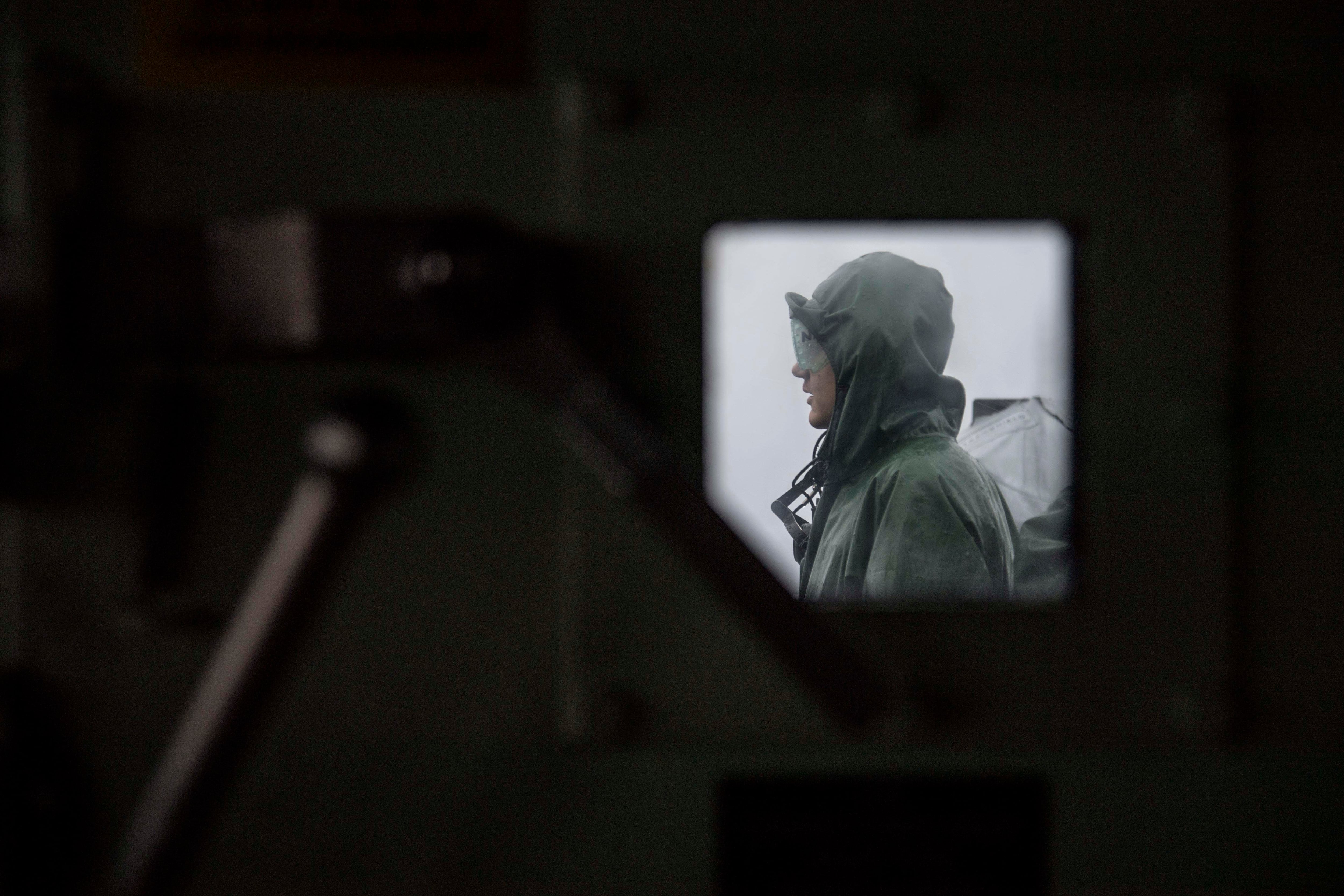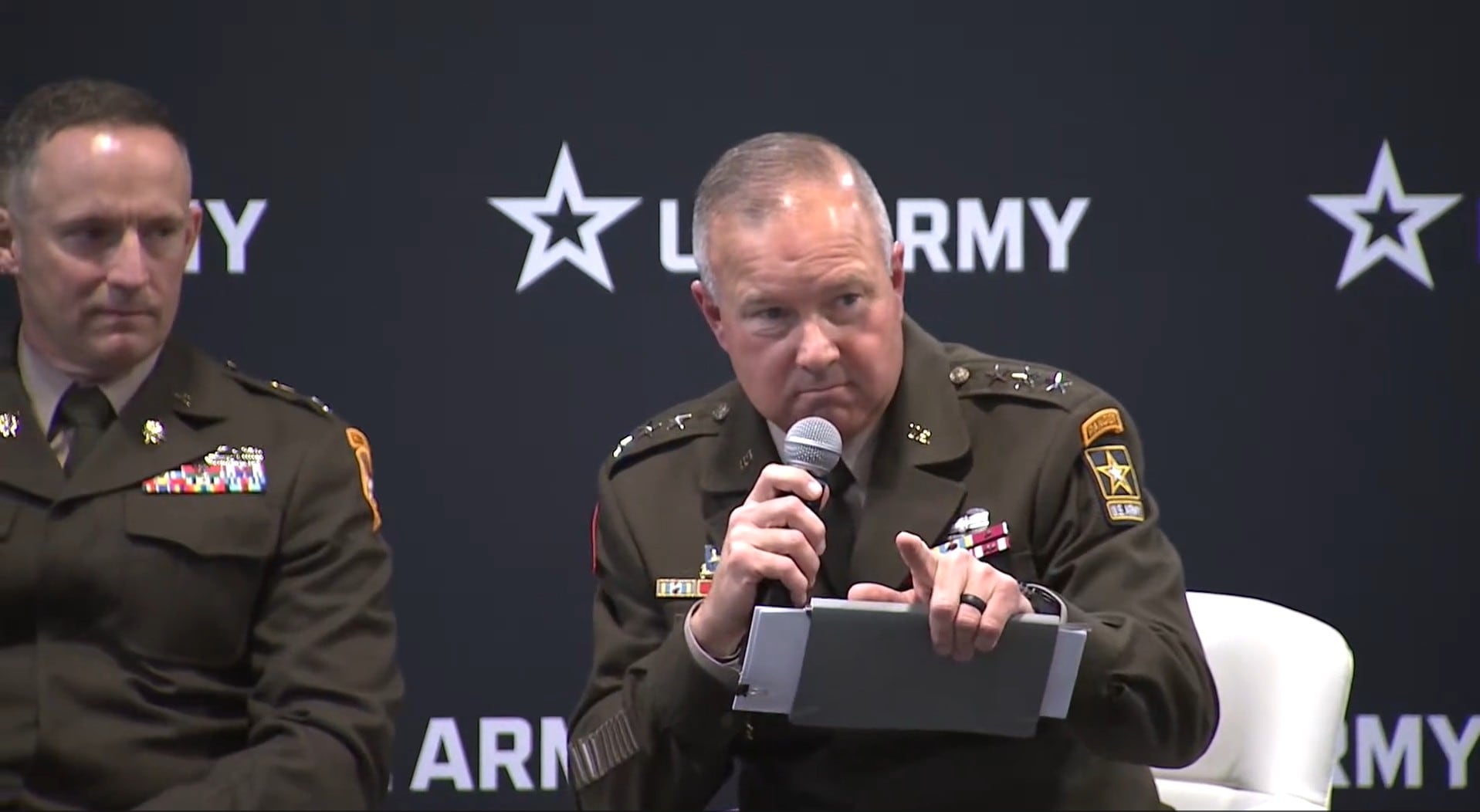To the likely relief of many an exhausted ship crew, the Navy will for the first time institute formal rest guidelines for sailors on ships, part of a sweeping set of new rules outlined in a command message obtained by the Navy Times.
Naval Surface Force commander Vice Adm. Thomas Rowden’s message comes as investigations into the fatal collisions involving the destroyers Fitzgerald and John S. McCain this summer continue, and as a harsh spotlight has fallen on the surface fleet’s training, maintenance and readiness problems.
In an internal Navy message issued Friday, Rowden said surface fleet skippers will be required to implement watch schedules and shipboard routines that better sync with circadian rhythms and natural sleep cycles.
Such a move aims to give sailors a more consistent and less erratic sleep schedule, resulting in a more rested and alert crew.
In further guidance sent out this week, skippers were given the choice from among several watch schedules that follow this natural cycle, according to copies of the messages obtained by Navy Times.
While the guidance does not mandate any specific schedule, it will likely mean the end of grueling 5-hours on, 10-hours off watch schedules, known as “five and dimes,” because that does not align with circadian rhythms and a 24-hour daily cycle.
“You’re going to have to form some level of watch bill that protects sailors’ sleep,” Naval Surface Force spokesman Cmdr. John Perkins said.
Commanders will also take into account a ship’s manning level, deployment status and current missions for such watch calculations, he said.
RELATED
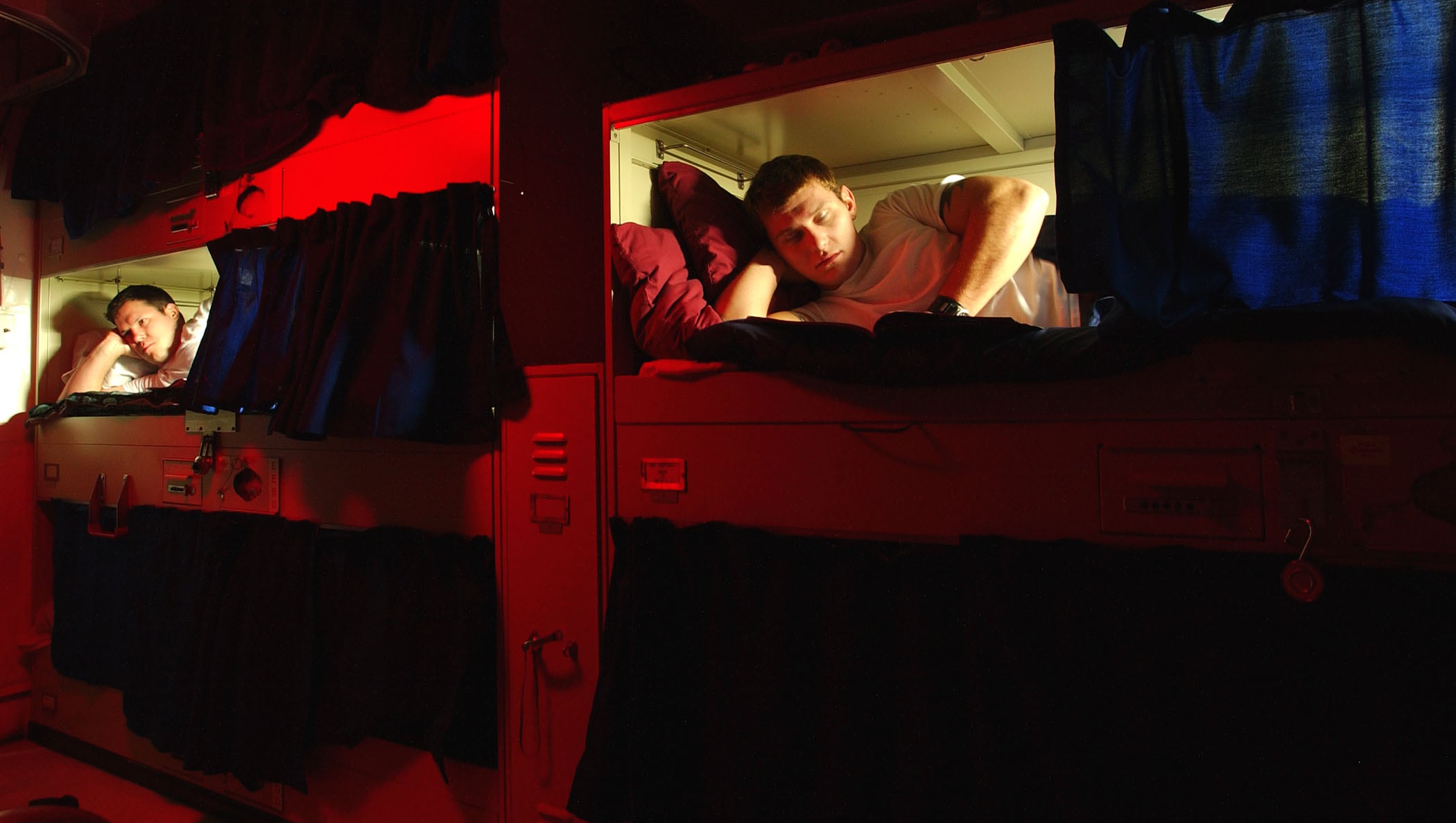
“The ships still have some level of flexibility, but sailors are going to have to get a certain amount of protected sleep,” Perkins said.
Skippers will have to submit their plans by Dec. 20, he said.
Several ships are already using such a rhythm, with the 7th Fleet cruiser Shiloh adopting such a pattern this month.
The Navy’s aviation and submariner communities codified sleep regulations years ago. But while the surface fleet has in recent years encouraged skippers to try different watch schedules to encourage better sleep, this new order marks the first time the surface fleet has regulated such practices at the surface force level.
Government watchdog studies have found sailors on ships working more than 100 hours a week, and have cautioned that this can lead to fatigue and reduced readiness.
“Personal readiness is equally important as material readiness,” Rowden said in the message. “Additional guidance and implementation tools will be forthcoming.”
Rowden’s message comes as Navy officials say the three-star admiral has put in for early retirement.
Navy officials would not comment on the circumstances behind Rowden’s early departure. He was originally slated to retire next year.
“The specifics of his retirement are a private matter between Chief of Naval Operations and Vice Adm. Rowden,” Perkins said. “Vice Adm. Rowden continues to stay focused on the immediate actions and changes the Surface Force can make to improve the readiness of the Surface Navy.”
Several pillars of the surface Navy’s 7th Fleet have been fired in the wake of the Fitz and McCain collisions, including 7th Fleet commander Vice Adm. Joseph Aucoin.
Two more top officers were fired earlier this week: the heads of Task Force 70 and Destroyer Squadron 15, both commands that were overseeing the Fitz and McCain.
Rowden said Mission accomplishment cannot be the only measure of effectiveness for surface combatants.
“We must take greater heed of the manning, maintenance, training, and certification pillars that collectively foster success,” he said. “In short, the end cannot justify the means.”
Rowden’s other changes follow Navy leadership laments that the Fitz and McCain collisions, as well as the cruiser Antietam’s January grounding in Tokyo Bay, featured basic seamanship failures.
Among Rowden’s other changes, the Naval Surface Force command will distribute standardized commanding officer and engineering standing orders, as well as battle orders, that will provide simplified, common business rules for all bridge, combat information center and central control station watchstanders.
While providing common guidance, the documents will recognize the need to address unit-specific equipment configurations, Rowden said.
In a nod to old-school seamanship, and regardless of any installed radar capability, Rowden’s message also dictates that maneuvering boards will be used by both the bridge and combat information center for all vessel contacts with an initial closest point of approach of 5,000 yards or less.
Closest point of approach is a nautical calculation used to gauge collision risk.
Navy ships steaming in high-traffic areas will now use the automatic identification system, or AIS, which is used to track movement aboard commercial vessels.
RELATED
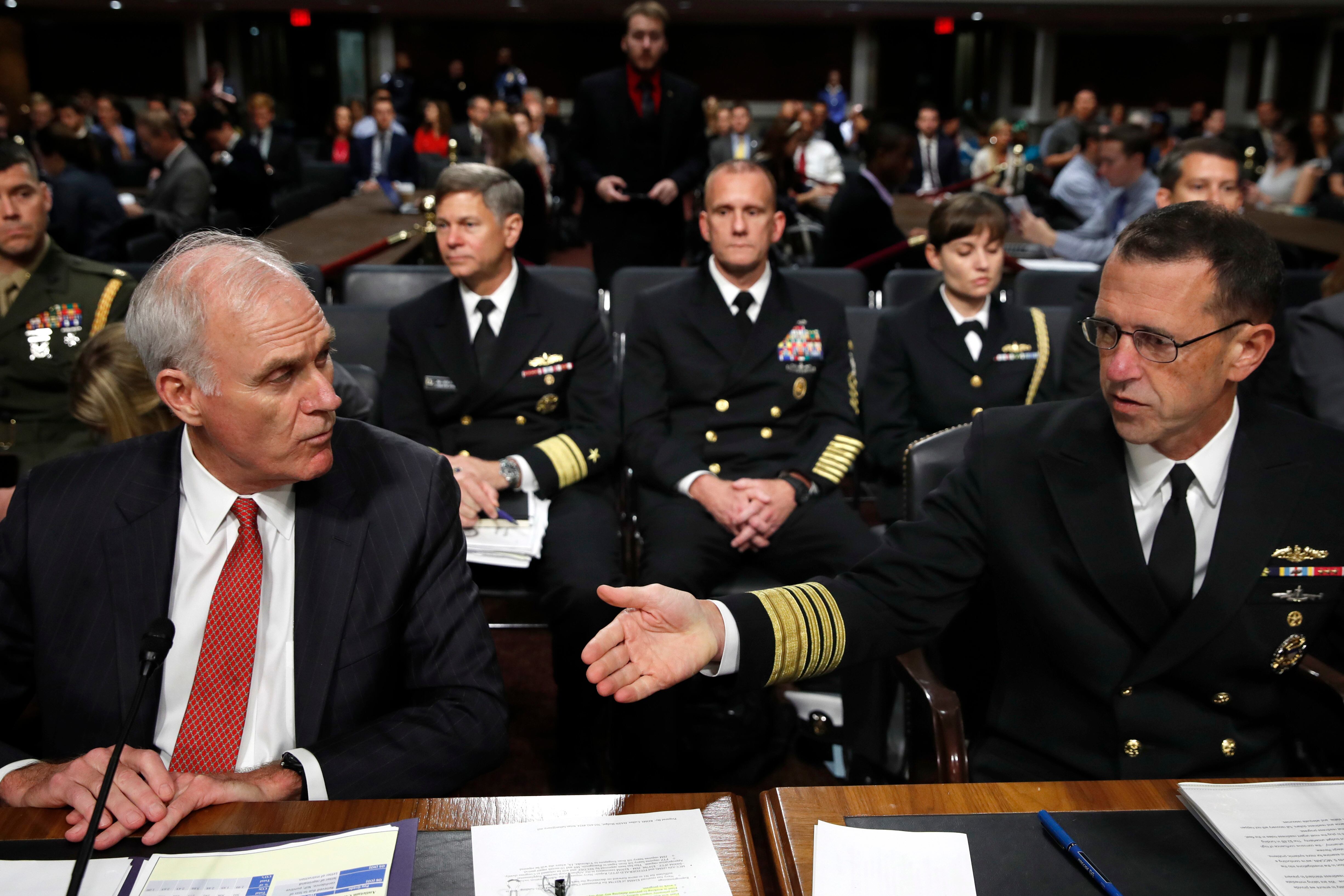
The Fitz was steaming in a busy sea lane off Japan when its June collision occurred. The McCain was near the busy Strait of Malacca near Singapore when it collided with a tanker less than two months later.
Chief of Naval Operations Adm. John Richardson told Congress on Tuesday that using AIS in high-traffic situations poses no operational security risk because “you can look outside and see the ship.”
“We had a distorted perception of operational security, that we kept that system off our warships,” he told the Senate Armed Services Committee during a Navy readiness hearing.
Rowden’s message notes that fleet commander direction, mission-specific opsec and force protection conditions will factor into AIS use.
Rowden also said in his message that any casualty to critical ship-controlling equipment or systems impacting navigation, steering or propulsion control will be classified as a Category Three, the second-highest severity category.
Such casualties will be classified as Category Four if called for under the Joint Fleet Maintenance Manual.
Some equipment and system degradations will also result in a Category Three casualty report, and will require a mitigation plan and a request for continued operation “to be reviewed by a cognizant fleet commander,” Rowden’s message states.
Commands on ships not currently deployed will be required to complete the bridge resource management course within 120 days of Rowden’s message.
Rowden’s message also calls for more involvement of commanding officers and their superiors in ensuring crews and systems are good go.
Commanders and their immediate superiors will assess all in-port, underway and special evolution watch bills and watch team replacement plans to ensure qualifications and proficiency, according to the message.
“I expect you to identify where your (units and crews), and those under your cognizance are strong and where they may need assistance,” Rowden states.
The surface fleet will also be required to report, evaluate and train after at-sea incidents and near misses, with formal requirements for such processes forthcoming, to learn from the experiences, the message states.
The CNO and Navy Secretary Richard Spencer have this week pushed the theme that everyone from skippers to rank-and-file sailors need to communicate when their ship or section of the ship is not ready for the mission.
As such, Rowden’s message calls for COs and their immediate commanders to inform the chain of command if a ship is not ready to go, and must “ensure the optimal match of talent to task.”
RELATED
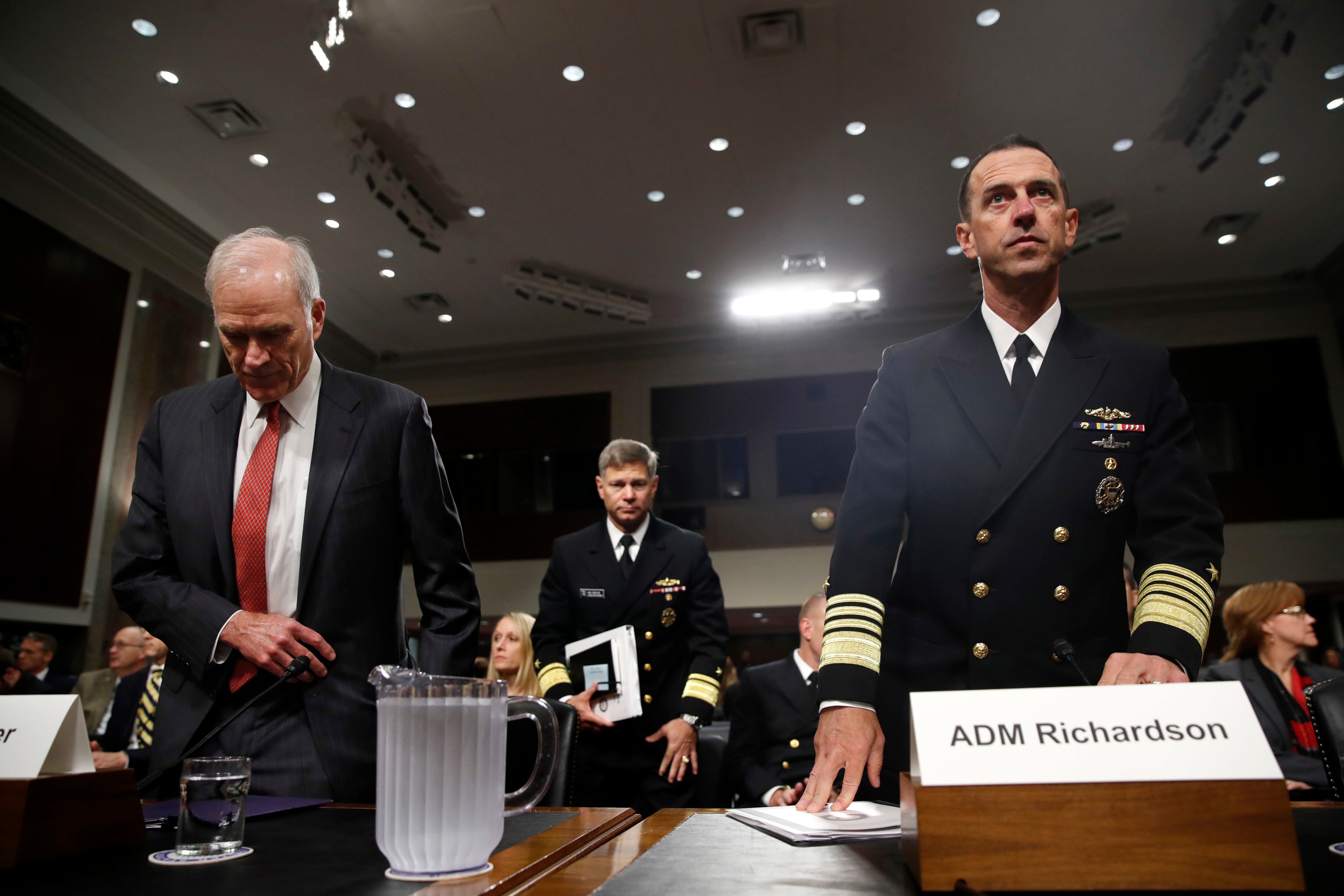
“Inherent within this tenet is your obligation to ensure the manning, material readiness, and training necessary to cultivate and equip that talent to safely accomplish the tasks at hand,” Rowden’s message states. “If/when you cannot facilitate the means necessary to achieve that end, you are equally obligated to inform your operational and administrative chains of command.”
Rowden called on COs to ensure they are personally involved to sustain such standards.
“The need to sustain and continually re-evaluate proficiency is an important obligation uniquely borne by the commanding officer,” he said in the message.
He also said that more will be expected of the immediate superiors of commanding officers.
“I wish to be unequivocally clear in affirming that (immediate superiors) will not be mere reporters of information,” Rowden’s message states. “Instead, you will be owners of the readiness and proficiency in your units, and accountable for such to your respective type commander.”
Starting immediately, forward-deployed units in Japan will undergo comprehensive readiness-for-sea assessments that will include certifications, critical system readiness and other processes.
Recent Government Accountability Office reports have found 37 percent of Japan-based cruisers and destroyers were operating with expired certifications as of June.
After the 7th Fleet assessments are finished, they will be done on other ships based overseas, followed by those with United States home ports.
Near the end of this new guidance, Rowden noted that the vast majority of the Navy’s 240 surface combatants operate incident-free on any given day.
“While this year bears lessons, a lot of hard work has led to other positive milestones,” he said, pointing to new ships, firing of new weapons systems, and rapid-response humanitarian assistance.
“Everything we do as surface warriors is ‘extraordinary’ due to the inherent risks associated with operating ships at sea,” Rowden wrote. “Recent incidents remind us that any moment at sea has the potential to be a critical moment requiring confident, decisive, and well trained action.”
Rowden said the fleet would always make the course corrections need to safely operate at sea.
“It is my greatest honor to lead the world’s finest naval surface force,” he said in the message’s closing. “Together we will spare nothing to ensure that we remain such in all respects.”
Defense News reporter David Larter contributed to this report.
Geoff is the managing editor of Military Times, but he still loves writing stories. He covered Iraq and Afghanistan extensively and was a reporter at the Chicago Tribune. He welcomes any and all kinds of tips at geoffz@militarytimes.com.
